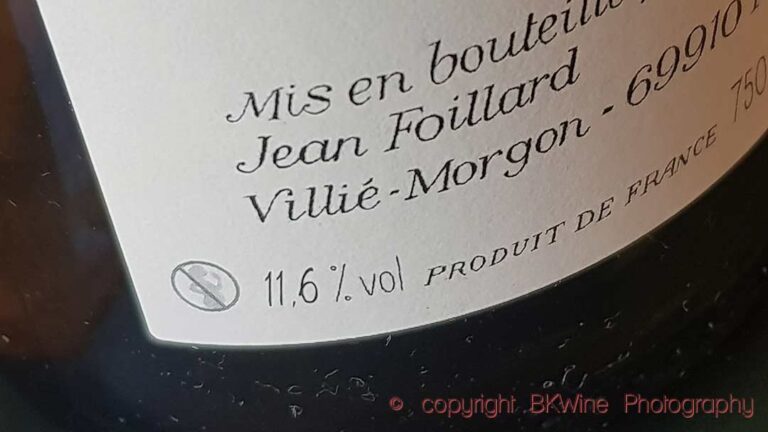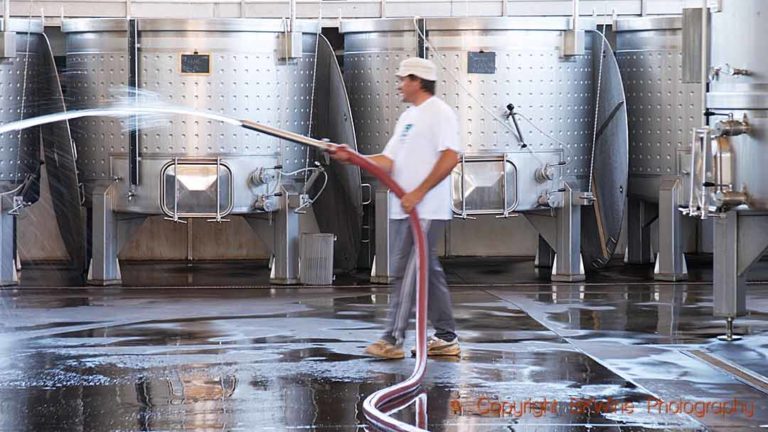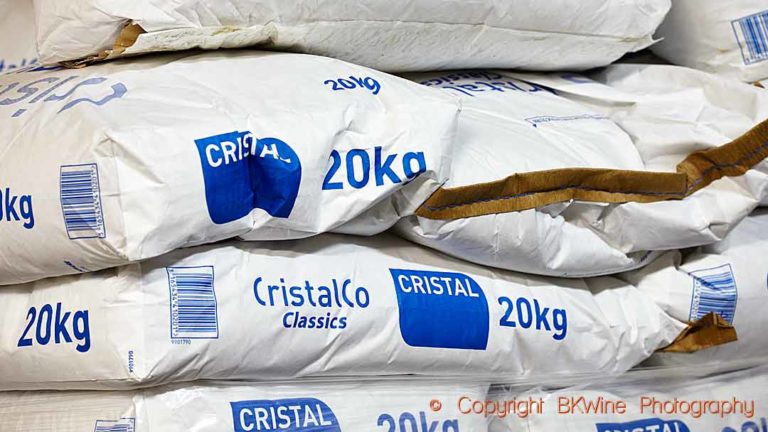It’s been a while since I drank non-alcoholic wine. Still, given that I’ve heard positive things about them recently, I was surprised when I looked through the range at Systembolaget, the Swedish monopoly wine stores, and noticed that the sugar content is staggeringly high. I thought that the whole point of making alcohol-free “wines” with the technology used today to de-alcoholise (membrane filtration, vacuum distillation) is that you get a dry “wine” suitable to drink with food.
Apparently not.
I got curious about the sugar content in de-alcoholised “wines” when I read an article in which the French laboratory Dujardin-Salleron comments on wine that has been de-alcoholised. Some producers add more than 50 grams of sugar per litre to “get the roundness back in the wine”.
Sugar contents of Systembolaget’s alcohol-free “wines”:
Alcohol-free sparkling:
Sugar content between 17 and 78 grams per litre. The Italian Mionetto has 17 grams, which is acceptable; most others are around 40 grams and some are above.
Alcohol-free rosé:
Sugar content between 29 and 40 grams per litre.
Alcohol-free white:
Sugar content between 16 and 39 grams per litre.
Alcohol-free red:
Sugar content between 3 and 62 grams per litre.
Only one red, a Sangiovese from Cava Emma, manages an honourable 3 grams of sugar/litre. Rawson’s Retreat Cabernet Sauvignon at 16 grams is acceptable. Richard Juhlin Cabernet Sauvignon Syrah has 62 grams per litre. The Swedish champagne connoisseur should perhaps rather stick to champagne in the future. Who wouldn’t prefer a non-alcoholic beer? Or water, for that matter.
Considering that there are many health-related issues around excessive sugar consumption, this kind of product is perhaps not the best substitute if one is worried about the health effects of alcohol.
Read more: vitisphere











